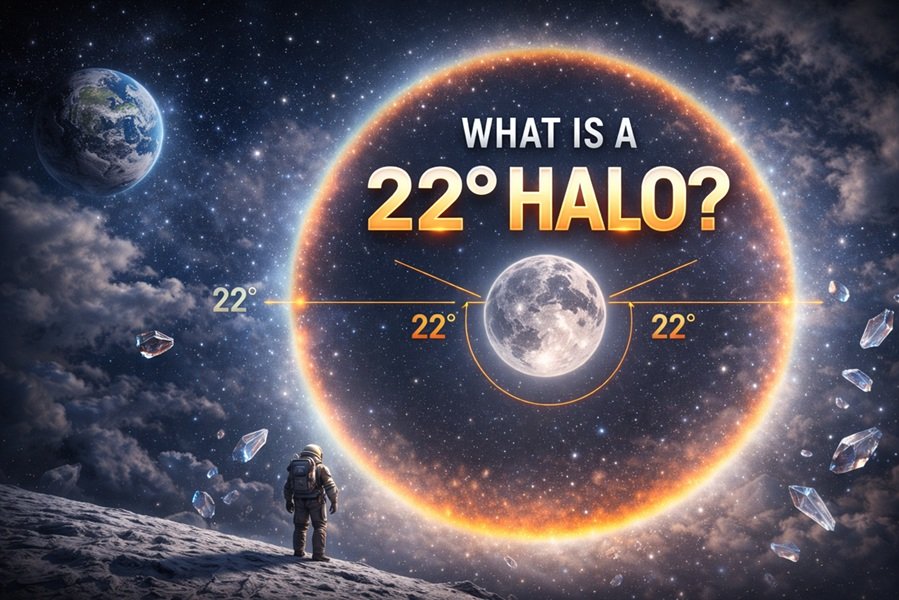
Economics is a vast discipline that explains how societies allocate scarce resources to meet needs and wants. To better understand and analyze economic activity, economists divide the subject into two main branches: microeconomy (microeconomics) and macroeconomy (macroeconomics). While both are interrelated and crucial, they operate at different levels of the economy and address different types of questions.
This article will explore the definitions, differences, core principles, and real-world applications of microeconomics and macroeconomics to give you a well-rounded understanding of how these two branches work.
What is Microeconomy (Microeconomics)?
Microeconomy focuses on the behavior of individual units within an economy—such as consumers, workers, firms, and industries. It examines how these entities make decisions regarding resource allocation, consumption, and production in specific markets.
Key Concepts in Microeconomics:
- Supply and Demand:
Explains how prices and quantities of goods/services are determined in a competitive market. - Elasticity:
Measures how sensitive demand or supply is to changes in price, income, or other factors. - Consumer Behavior:
Studies how individuals make choices to maximize their satisfaction given limited resources. - Production and Costs:
Analyzes how firms decide on output, input usage, and production techniques to minimize costs. - Market Structures:
Examines different types of markets—perfect competition, monopoly, monopolistic competition, and oligopoly.
Examples of Microeconomic Questions:
- How does an increase in the price of coffee affect consumer purchases?
- Why do smartphone companies price products differently in different regions?
- What impact does a wage increase have on a small firm’s employment levels?
Read This: The World’s Top 10 Largest Economies by GDP
What is Macroeconomy (Macroeconomics)?
Macroeconomy deals with the economy as a whole. It focuses on large-scale economic aggregates and the overall performance and structure of national or global economies.
Key Concepts in Macroeconomics:
- Gross Domestic Product (GDP):
Measures the total value of goods and services produced in a country. - Unemployment Rate:
Indicates the percentage of the labor force that is unemployed and seeking work. - Inflation and Deflation:
Tracks changes in the price level of goods and services over time. - Fiscal Policy:
Government decisions on spending and taxation to influence the economy. - Monetary Policy:
Central bank actions (like changing interest rates) to control money supply and inflation. - Economic Growth:
Long-term increase in a country’s productive capacity and standard of living. - International Trade:
Analyzes how countries interact economically through exports, imports, and exchange rates.
Examples of Macroeconomic Questions:
- What causes inflation to rise in a country?
- How does a government stimulus package affect economic growth?
- Why do recessions happen, and how can they be mitigated?
Key Differences Between Microeconomy and Macroeconomy
| Feature | Microeconomy | Macroeconomy |
|---|---|---|
| Definition | Study of individuals and firms | Study of entire economies |
| Main Focus | Decisions at the individual/firm level | National/global economic performance |
| Scope | Specific markets and industries | Whole economy (GDP, inflation, etc.) |
| Agents | Consumers, firms, workers | Governments, central banks, nations |
| Tools Used | Demand/supply curves, price theory | Aggregate demand/supply, GDP modeling |
| Policy Focus | Market regulation, tax impact on firms | Monetary/fiscal policy, economic stability |
How Microeconomy and Macroeconomy Are Interconnected
Although micro and macroeconomics differ in scale, they are deeply interconnected:
- Micro-level behavior influences macro-level outcomes. For example, if many individuals reduce spending, it may lead to a macroeconomic slowdown.
- Macroeconomic policies can influence micro-level decisions. For instance, if interest rates rise (a macroeconomic factor), individual consumers may borrow less and firms may delay investment.
Thus, economists often study both micro and macro perspectives together to get a comprehensive understanding of economic systems.
Read This: Sovereign Credit Rating: Meaning, Agencies, Significance, and Global Implications
Real-World Application of Micro and Macro Analysis
| Situation | Microeconomic View | Macroeconomic View |
|---|---|---|
| A local bakery increases prices | How the price affects demand and supply | Effect of food inflation on national CPI |
| Government cuts income tax | How individuals spend extra income | Influence on national consumption levels |
| Oil prices rise globally | How firms adjust costs and pricing locally | Impact on national trade deficit and inflation |
📚 Conclusion
Microeconomics and macroeconomics are two foundational pillars that help us understand the complexities of the modern economy. While microeconomy zooms in on individuals, firms, and specific markets, macroeconomy takes a broader lens to assess national and global economic trends. Both are vital for policymakers, businesses, and individuals to make informed decisions and navigate economic challenges.
Understanding their differences and how they complement each other equips us with the analytical tools needed to comprehend everything from household budgets to national budgets, and from local businesses to global trade dynamics.






